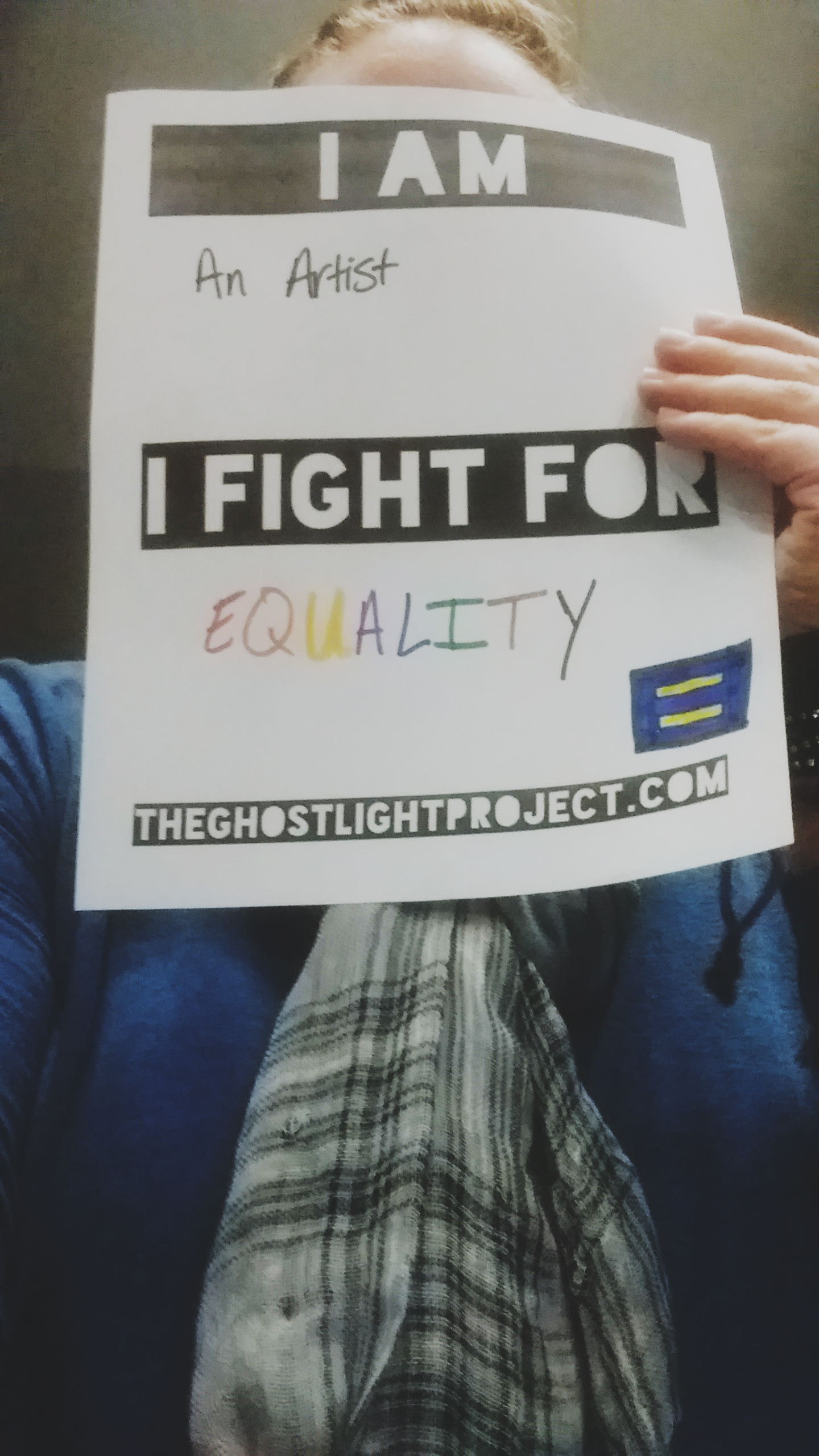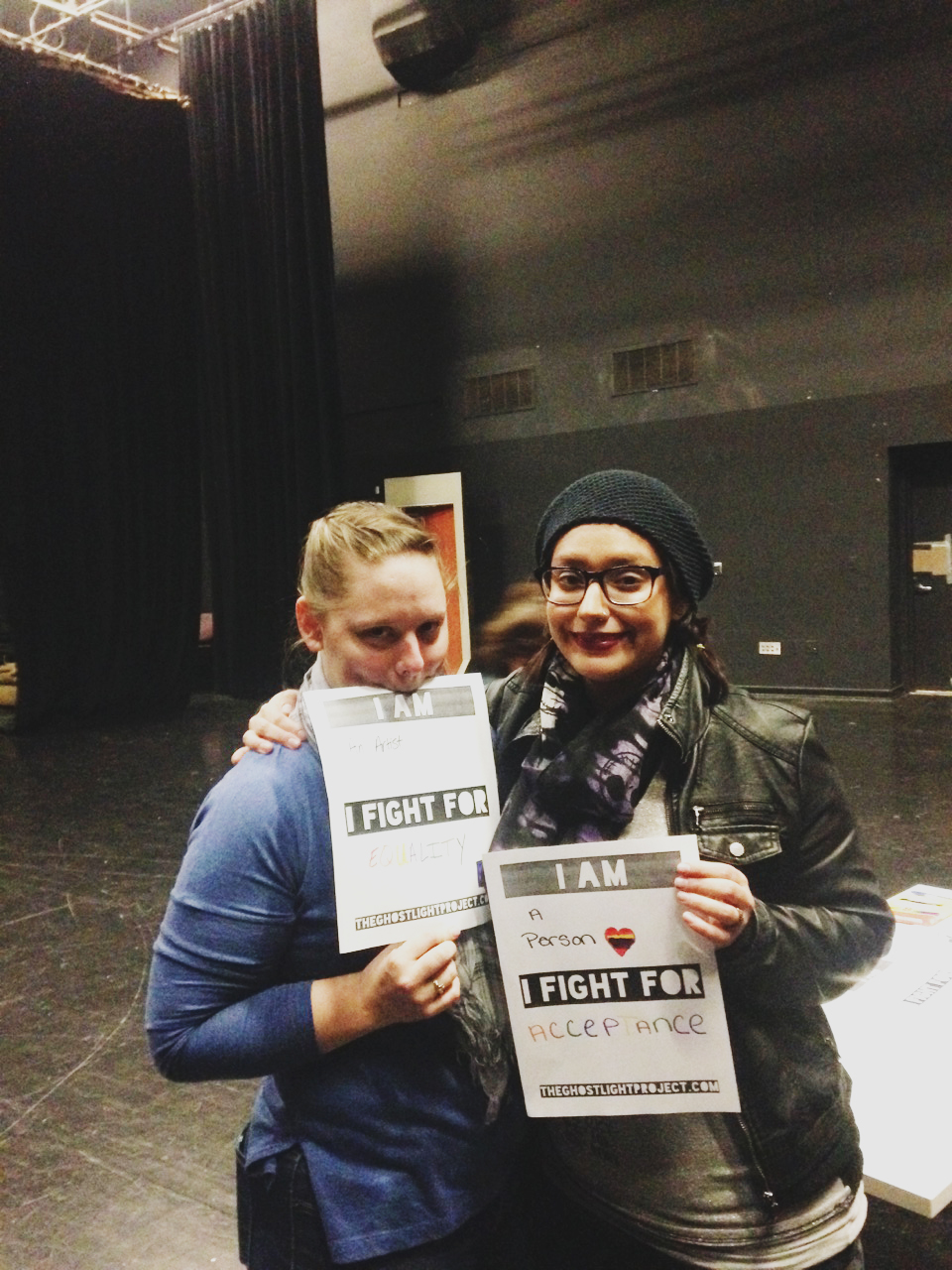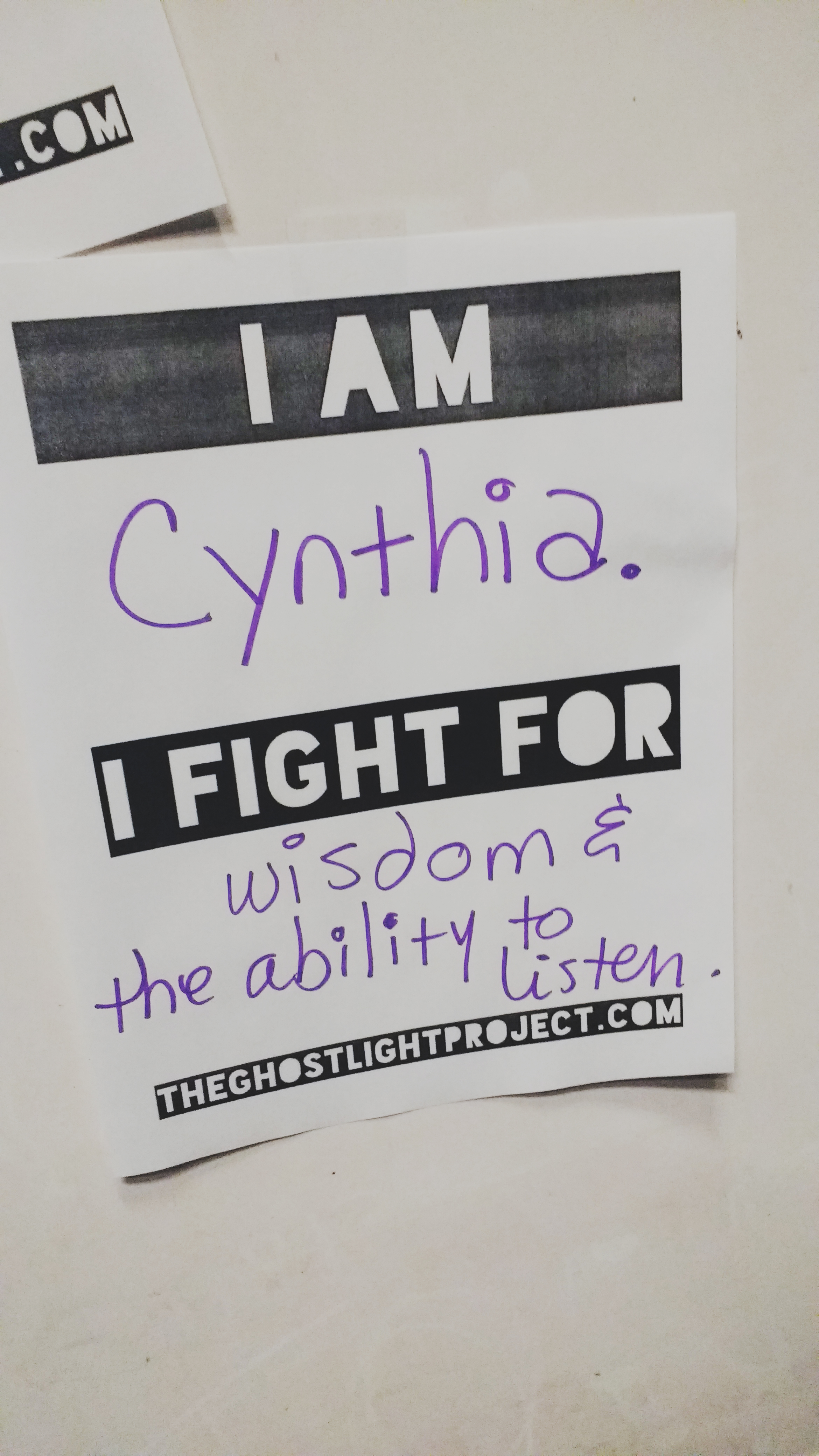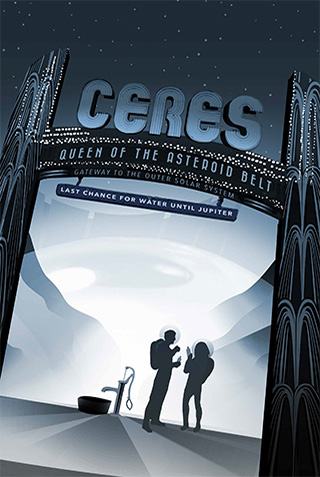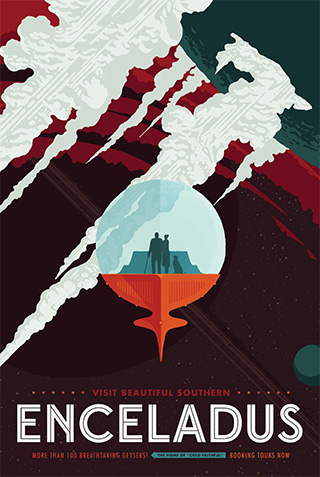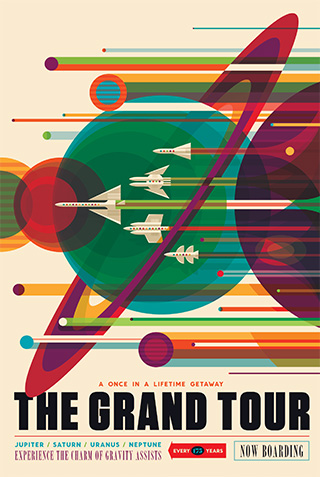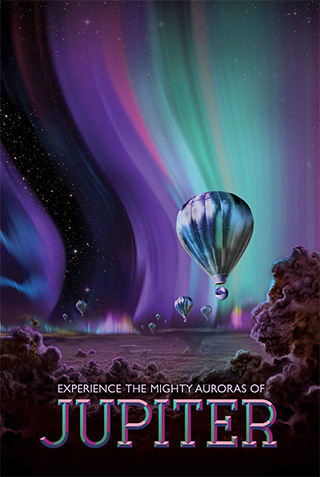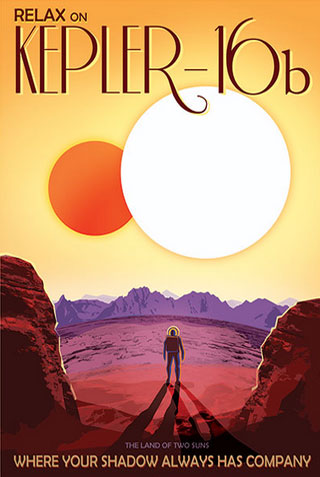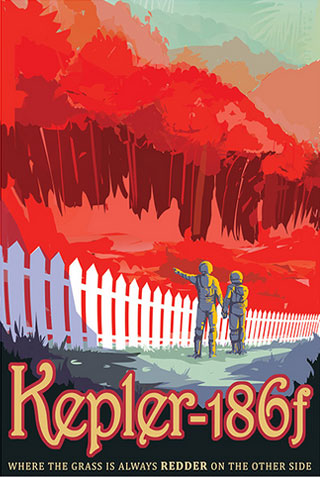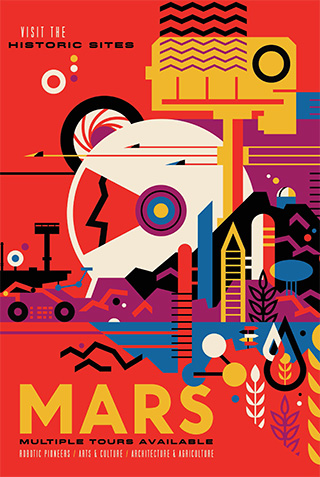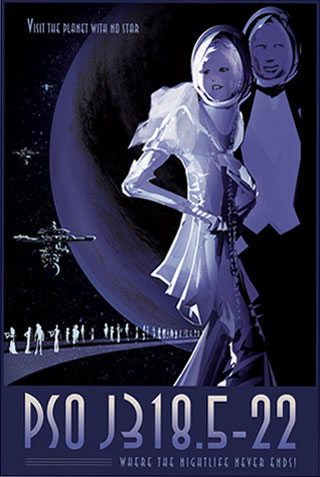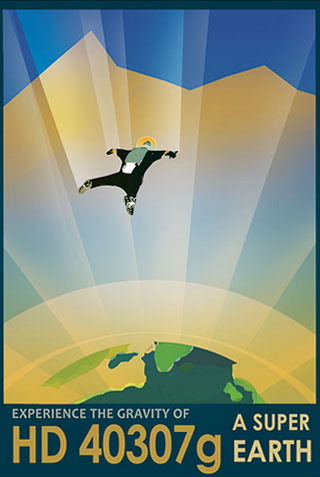2017 Juried Student Art Show: CALL FOR SUBMISSIONS
PVCC STUDENTS: Want your artwork showcased in the 2017 Juried Student Art Show?
This is open to all students currently enrolled at PVCC (not just art students) during either Summer,/Fall, 2016, or Spring 2017 are eligible.
Fee: $5 each, up to 3 works of art (2D & 3D media accepted)
Submit work: Friday, March 24, 1-5 pm, CPA Building. Artwork must be ready to display/hang in a professional manner.
Exhibit duration: April 3 - May 7, 2016
Reception: Wednesday, April 12, 5:30 pm
2017 PVCC Summer Camps
The Sgt. Pepper's Project: the significance of the album cover
By Tomi Johnson, Art History Faculty
Transcribed from a lecture given on February 16th, 2017
Sgt. Pepper’s Lonely Hearts Club Band is not only considered one of the best rock albums ever recorded, but its complex artistic design has made it one of the most iconic images from the second half of the 20th century.
This talk will explore the imagery with particular emphasis on the influences and motivations behind the intricate designs included in the packaging.
For this talk, I am indebted to a number of Beatles biographers, particularly the work of Hunter Davis and Steve Turner.
In order to understand the imagery of the Sgt. Pepper album, it is necessary to look at the time and context of its design.
By 1966, the Beatles had grown tired of constant touring and battling day to day just to live their lives. They also discovered, to their horror, that the constant screaming of the crowds and the inability to hear themselves or each other during live shows had caused their playing to become incredibly sloppy.
They were also growing up, getting married, starting families, and developing interests that had long been dormant during the heights of Beatlemania.
In 1966 the Beatles recorded Revolver, a watershed album that paved the way for the even more radical experimentation of Sgt. Pepper’s Lonely Hearts Club Band.
In 1966 Paul McCartney began collecting the works of pop artist Peter Blake. Peter Blake would be asked to coproduce the cover of Sgt. Pepper the following year. McCartney had begun collecting modern art to decorate the home he had recently purchased in St. John’s Wood in London.
The young German artist Klaus Voormann had been chosen to create the cover for the previous album, Revolver, seen pictured here with Voormann.
Voormann’s style of drawing in black ink was very reminiscent of an English Victorian era artist by the name of Aubrey Beardsley.
Beardsley was best known as the illustrator of Oscar Wilde’s Salome, a work that was highly eroticized, as most of Beardsley’s work was. Here we see Salome embracing and nearly kissing the severed head of John the Baptist. A portrait of Beardsley would appear on the cover of Sgt. Pepper, and McCartney also collected some of Beardsley’s original works.
Revolver broke new ground in pop album artwork, in that it didn’t emphasize the Beatles’ physical attractiveness, nor did it display their name anywhere on the front cover. Smaller photographs were inserted into the drawings, showing the Beatles in previous years, almost as if the old photographs represent a nightmare from which they are now escaping.
The cover of Sgt. Pepper would duplicate this, with the Beatles standing beside their wax dummies as they were created in 1964 for Madame Tussaud’s Wax Musem.
The entire cover of Sgt. Pepper is filled with personal references of personal interests, people they admire, and even personal belongings. In the lower left quadrant is a ceramic fukusuke figure that John Lennon bought in a shop while in Tokyo in 1966. It is a “god of fortune” meant to bring good luck and prosperity to the owner.
Another personal element included in the album design was the inner sleeve, the actual vinyl jacket. It was designed by the artist duo known as “the Fool.” The Fool was Dutch artist Marijke Koger and her partner Simon Posthuma. Koger had done extensive painting designs in George Harrison’s home after he and his wife Pattie returned from spending five weeks in India in 1966.
Unfortunately, only the first pressing of Sgt. Pepper included this element, and it is no longer available today.
But what about the concept of the album as a whole? Why did the Beatles decide to record an album that was titled under a different name? And where did this idea come from?
In 1966, Paul McCartney went on a long overseas trip under a different name, and wearing a simple disguise of a moustache and sunglasses. It was enough to work, and allow him to do things that Paul McCartney could never do without being at best harassed or at worst mobbed by an enthusiastic public.
On his long flight home from Africa, he spent some time reflecting on the feeling of freedom he’d experienced, and how that might be applied to the Beatles as a whole. They were all feeling constricted by the constant touring, public appearances, and expectations that they continue to write and record bubbly pop songs.
I feel this is powerfully represented in visual form by placing the Madame Tussaud’s figures next to the Beatles on the cover of Sgt. Pepper. It is visible proof of how the public saw and responded to the Beatles as a frozen, static entity, rather than as developing human beings who wanted to express their personal and artistic growth.
McCartney began thinking about adopting an entirely different identity for the group, something that could allow new dimensions in their creativity.
McCartney is quoted as saying, “I thought – let’s not be ourselves. Let’s develop alter egos so we’re not having to project an image which we know. It would be much more free. What would be really interesting would be to actually take on the personas of a different band.”
While McCartney was pondering these things, he was served a meal on the airplane, and given packets labeled “S & P”. McCartney came up with the joke – Sgt. Pepper, instead of “Salt and Pepper.” He liked the way it sounded. He decided that Sgt. Pepper would be the leader of this new band.
Working off this idea, McCartney imagined the character to be from a previous generation, from the Victorian or Edwardian military band.
Recently, “retro” style had become popular in England, and old army dress jackets with brass buttons, epaulettes, high collars, and stripes were at the cutting edge of street fashion. It was taking the symbols of British imperialism and re-appropriating their message: instead of symbolizing discipline, submission, and hierarchy, they were now associated with the youth sub-culture of freedom, rebellion, and equality.
The Beatles were not the first to explore this type of appropriation. Pete Townshend of the Who had worn a jacket made from the Union Jack for the photo shoot for Observer Magazine and subsequently wore it in concerts. Others exploring this type of fashion rebellion were Mick Jagger and Eric Clapton.
As McCartney continued to develop his concept, he gave the character of Sgt. Pepper a band: Sgt. Pepper’s Lonely Hearts Club Band. It sounded old-fashioned and also psychedelic.
McCartney was further inspired by the release of Freak Out! A new album by Frank Zappa’s band The Mothers of Invention. Inside the gatefold Zappa printed the names of 179 people who according to Zappa, “contributed materially in many ways to make our music what it is.”
The list included Elvis Presley, Ravi Shankar, comic Lenny Bruce, novelist James Joyce, artist Salvador Dali, producer Phil Spector, and actor John Wayne, and of course, many more.
The cover of Sgt. Pepper would acknowledge significant influences in a visual way, and on the front cover.
One of the first songs that the Beatles worked on was McCartney’s “When I’m Sixty-Four.” McCartney had written the music as a teenager, and would sometimes play it live in the early days of the Beatles in the Cavern, as an instrumental on the piano.
Now he put lyrics to the tune and made it into a vaudeville-inspired song that sounded like it came from the 1920s. McCartney wanted to make the point that Sgt. Pepper’s band could play music from any era or culture.
The final eclectic mix of musical styles on the album is a result of the wide-ranging interests of all the Beatles, and again is visualized in pictorial form on the album cover. They drew upon a large frame of reference, and pictured themselves, in this case literally, as part of the tradition of painters, sculptors, filmmakers, poets, and novelists.
I will not identify each and every figure on the cover, as that would be tedious, and the information is widely available.
What is significant is that there are 14 actors, 11 writers, 8 visual artists, 6 comedians, and only 4 musicians.
It is easy to literally see that the Beatles saw themselves in a broader cultural context than being merely musicians and songwriters.
This idea of identity reinvention was appropriated by other popular artists who followed the Beatles such as David Bowie, and Madonna.
But, possibly the most obvious homage to this idea of artistic alter ego was by the English group XTC, pictured here on their album The Black Sea, who also cut several records as “The Dukes of Stratosphear,” an obvious loving reenactment of the Beatles retro-psychedelic exploration of artistic freedom.
Thank you.
Emerging Artist Series 2017
Opening Reception - Wednesday, March 1st at 5:30pm - Center for the Performing Arts
Highlighting up-and-coming student artists Michael Moretti, David Warner, and Taylor Wilson.
The artwork will be on view from February 27, to March 23, 2017.
Taylor Wilson: Mixed Media
Wilson’s work focuses on duality of internal and external views of divorces and the ways it affects the family. Her imagery and structure is meant to allow people to feel the impact of divorce that becomes so ingrained in the notion of what it brings about.
David Warner: Painting
Warner’s work explores themes of loss and gain, perseverance, and the search for one’s own integrity and truth: both conscious and subconscious progression through adversity and the search for inner truth. He expresses these ideas through a combination of abstract and surreal elements.
Michael Moretti: Photography
For Moretti, photography is often aside effect of venturing out into nature and absorbing the whole experience. Taking what’s before him and trying to convey the experience through a single photo. Much of his work and way of thinking is influenced by the many great photographers who have been featured in Arizona Highways magazine.
Four Events Celebrating The 50th Anniversary of Sgt. Pepper's Lonely Hearts Club Band
PVCC'S SGT. PEPPER'S PROJECT:
Lecture: The Significance of the Album Cover
Thursday, February 16th, 12:30pm-2:00pm, Center for the Performing Arts Theater, Tomi Johnston (Art History Professor)
Lecture: The Revolutionary Recording Process
Tuesday, February 21st, 12:30pm-2:00pm, KSC 1000A, Dr. Brett Reed (Music Professor)
Performance: A LIVE recording session
Wednesday, March 1st, 12:30pm-2:00pm, Center for the Performing Arts Music Room (CPA 115), Dr. Brett Reed and Dr. Christopher Scinto
50TH ANNIVERSARY CELEBRATION OF THE BEATLES'
SGT. PEPPER'S LONELY HEARTS CLUB BAND CONCERT
March 10-11, 2017 at 7:30pm, $8-$20 admission. (Sunday, March 12th performance canceled).
Come and experience the Beatles' legendary album performed live by the PVCC Faculty Rock Band, Special Guest vocalists and a 30 piece orchestra. Proceeds from this event will benefit the Paradise Valley Community College Student Scholarship Fund.
Student Spotlight: The Ghostlight Project
by Courtney Kenyon
On January 19th, the night before the inauguration of our newly elected president, at 5:30pm various theatres all over the country turned on one light. It was a solemn reminder of the times ahead, but it was also a light of hope and courage.
PVCC was no different. At the appointed time, with a small, but mighty, gathering in the Studio Theatre, on a rainy evening, our light was lit. Our ghost light. In the theatre world, a ghostlight is lit at the end of the night when all the work is done and serves as a single light source for safety and visibility should anyone enter the theatre after hours. Of course, that’s just the practical use. On January 19th, our ghost light was lit in solidarity with other theatres as a message that we are a safe space. This initiative was brought to our humble theatre by The Ghostlight Project.
I found a small blurb about this initiative while scrolling through articles on BroadwayWorld and didn’t think much of it. About a week later, I saw a theatre with whom I have previously worked was participating and it was then that it hit me: I needed to do it, too. So I asked Andrea Robertson, the head of the theatre department, if PVCC could also participate and she enthusiastically wrote back, “Of course!” I only had a couple of days to put anything together, so our ceremony was very humble, but it was incredibly powerful.
Being a theatre artist, I’m not usually overly political. In fact, I’ve been told that I’m “militantly opposed” to politics. And while that might be true to some extent, this time it’s different. I won’t make this writing about politics, but I will say this: as an artist, as someone who makes their living in the arts, as a woman, as an LGBTQ ally, as someone who believes in the unity of science and the arts, and as someone who believes that anyone and everyone should be able to express who they are and be loved for it, my world is threatened. Our world is threatened. But standing in that room, holding hands with my friends, the people I love, my voice shaking and tears escaping my eyes, I knew I was not alone.
The Ghostlight Project’s mission is this, “Inspired by the tradition of leaving a ‘ghost light’ on in a darkened theater, artists and communities will make or renew a pledge to stand for and protect the values of inclusion, participation, and compassion for everyone--regardless of race, class, religion, country of origin, immigration status, (dis)ability, age, gender identity, or sexual orientation.
January 19th is a moment of gathering within a larger resistance to intolerance at all levels. We aim to create brave spaces that will serve as lights in the coming years. We aim to activate a network of people across the country working to support vulnerable communities. This is not a substitution for protests or direct action, but rather a pledge for continued vigilance and increased advocacy.”
I think it goes without saying that PVCC is a brave space. A safe space. A space of inclusion. I’ve known that since the first day I walked into class. The dedication, inclusivity, love, and compassion that encompasses every person that walks through those doors is an inspiration. It’s something for which, personally, I’ve yearned since my high school theatre days. And I won’t sit idly by while it’s threatened. I will fight for those I love and for those I don’t even know. We will be a light and we will tell the world that all are welcome here.
With love,
Courtney Kenyon
For more information about The Ghostlight Project, please visit www.theghostlightproject.com.
2017 Phoenix Experimental Arts Festival
Saturday, February 11, 2017, 7:30pm-10:30pm, Free Admission
Center for the Performing Arts, Paradise Valley Community College
18401 N. 32nd Street, Phoenix, AZ 85032
The 2017 Phoenix Experimental Arts Festival will feature six world premiere performances of inter-media and interdisciplinary works of art, all of which are based on and/or inspired by the “Visions of the Future” posters series from NASA/JPL.
This year’s festival is focused on STEAM (Science, Techonology, Engineering, Arts, Math), and how the various disciplines in the fine and performing arts interact with and are inspired by topics and ideas from STEAM disciplines. In addition to the performances by some very talented musicians and artists, students from Paradise Valley Community College’s Astronomy program will create supporting documentation and videos to provide additional information about the six posters chosen for performance on the festival.
Casey Farina
Audio/visual Performance/ Video projection and Stereo audio
Poster: HD 40307g
Bio: Casey Farina is a Phoenix-based artist who creates digital media experiences from iterative-electronic processes. This work often combines Farina’s expertise in digital media, animation, music composition, and improvisation. Casey's animated graphic scores have been described as "imaginative" and "progressive" by colleagues and are frequently performed throughout the U.S. Uncertain.Indeterminate.Unknown, Farina’s dissertation work, examines contemporary ideas in cosmology via a digital media performance system. Farina’s installation, project CONDOR, showcased electronic music played by a fleet of miniature robotic airships and was funded by a grant from the Center for Interdisciplinary Research in the Arts (CIRA) at Northwestern University. Casey was awarded to residency at the Atlantic Center for the Artsto study with iconoclast Mark Applebaum and has presented work at the International Computer Music Conference (ICMC), the International Society of Improvising Musicians, the Percussive Arts Society (PAS) conference, and the Spark Festival of electronic music and art. He is currently teaching in the Digital Media Arts program at Glendale Community College and has studied with J.B. Smith, Steve Syverud, Chris Mercer, and Glenn Hackbarth.
Artist: Team Solo Patch
Future Soul Music/Live Music Performance
Poster: PSO J318.5-22
Bio: Team Solo Patch is a high energy three piece funk band that formed in 2015. Crafting the sound of jazz through modern Dance, House, and Synthwave lenses. A small group, they strive to get the most bang out of your buck by live looping and extensive live computer editing. They are scheduling to relase their first full length album in Early 2017
painless guillotines
Dark Ambient Electro-Acoustic/Live Music with Electronics
Poster: Europa
Bio: painless guillotines is an electro-acoustic duo that seeks to blend the artist’s diverse backgrounds into a single coherent dark ambient soundscape. By blending techniques often associated with Heavy Metal and other techniques more closely related to the Avant-Garde painless guillotines creates a Massive Sound with the intended purpose of Massive Effect. painless guillotines accomplishes this dark soundscape world by utilizing guitars, clarinets, EWIs, pedals, Ableton Live, and a heavy dose of improvisation. We invite you to enjoy painless guillotines as we find our way through the dark. The light, however, may never come...
Karl Schindler (performer), Jeremy Muller (composer)
Audio-visual work with audience participation/grand piano
This piece centers around a simple piano solo with a visualization projected on a screen in the background. Additionally, audience members can use their personal phones, tablets, etc. to visit a website designed specifically for this piece to add musical elements from their mobile devices. This will create a texture that extends the piano part and immerse the audience in the sound.
Poster: The Grand Tour
DATURA
Multimedia performance with audio/electronics/dance/computer generated visuals
Poster: Jupiter
Bio: DATURA was formed in 2013 by John D. Mitchell, Tony Obr, and Joe Willie Smith
to develop a multidisciplinary approach to improvisational performance and, at the same time,
explore the boundaries and cross overs in the use of digital and analog media and processes in live performance settings.
[[[personablack]]]
Electro-Acoustic, Doom, Noise/live percussion with electronics/video projection
Poster: Titan
Bio: [[[personablack]]] is a multimedia artist who focuses on simple materials
About the poster series via jpl.nasa.gov:
"Imagination is our window into the future. At NASA/JPL we strive to be bold in advancing the edge of possibility so that someday, with the help of new generations of innovators and explorers, these visions of the future can become a reality. As you look through these images of imaginative travel destinations, remember that you can be an architect of the future.
A creative team of visual strategists at JPL, known as "The Studio," created the poster series, which is titled "Visions of the Future." Nine artists, designers, and illustrators were involved in designing the 14 posters, which are the result of many brainstorming sessions with JPL scientists, engineers, and expert communicators. Each poster went through a number of concepts and revisions, and each was made better with feedback from the JPL experts."
Study Abroad PVCC: Art History and Communication in Bilbao, Spain
Basque Highlights: Culture and International Communication in Northern Spain
Bilbao, Spain
Dates: June 5th - 16th, 2017
This study abroad program will take place in Bilbao, Spain, in the heart of Basque-land. Through special projects courses in art and communications, participants will spend their mornings immersed in the rich artistic culture of the Basque region of northern Spain, and their afternoons sharpening their communication skills for speaking to international audiences.
The art course will aim to help students develop an awareness of this ancient, matriarchal, tribal society that has maintained its unique cultural identity into the modern age. The communications course is designed for native (or near-native) English speakers who have had significant public speaking experience. It will focus on the theory and practice of public communication with an international audience, with the goal of developing an awareness of the challenges faced by a non-native English speaking audience, along with theory and practice to master these challenges. These skills will become increasingly important in an expanding global economy.
Course Enrollment (choose one or both courses):
ARH 298AA, 1 cr.
COM298AA, 1 cr.
Estimated Program Cost – 1 credit: $2,265.30
Estimated Program Cost – 2 credits: $2,358.80
Estimated Airfare: $1,300.00
Estimated Meals: $350.00
Students can register for one or both courses once Summer registration gets underway.
In the meantime, express interest to:
Tomi Johnston
Paradise Valley Community College
tomi.johnston@paradisevalley.edu
602.787.6569
or
Jim Paluzzi
jpaluzzi2@rioradio.org
(480) 834-5627
8th Annual Desperado LGBT Film Festival
DESPERADO LGBT FILM FESTIVAL
January 27-29, 2017
Center for the Performing Arts
For details: www.desperadofilmfestival.com
The Desperado LGBT Film and Arts Festival is an event hosted by a PVCC student organization. Desperado’s mission is to showcase quality films that are related to the experiences of the LGBT community. Our goal is to create an event that is educational, enlightening, entertaining, and enjoyable. In addition to the screening of films, local artisans are showcased at our outdoor amphitheater and painters and photographers are showcased in the art gallery.





